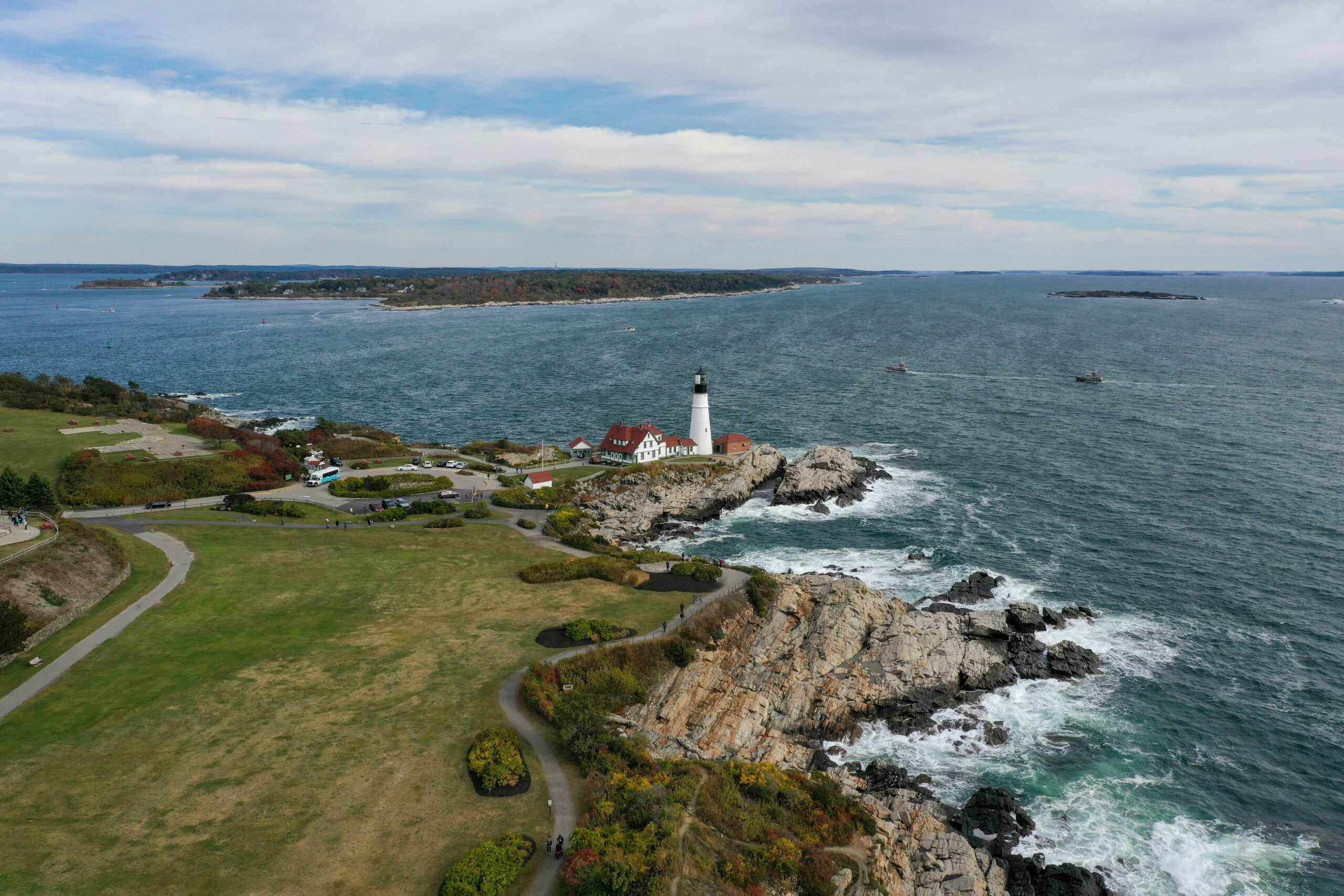
Blog
Biden-Harris Administration Release New Sustainable Ocean Management Strategies
June 20, 2024
During National Ocean Month, the Biden-Harris Administration announced a slate of new actions and strategies to promote a healthy, thriving ocean for all. These plans emphasize the critical role our ocean plays for coastal economies, ecosystems, and communities as well as potential strategies to address the increasing threats our ocean faces. Given the immense cultural, environmental, economic, and recreational benefits our ocean provides and the even wider scope of challenges, these strategies also emphasize the need for a whole-of-government approach to ensure implementation and success.
The U.S. National Strategy for a Sustainable Ocean Economy
Climate change, paired with increased use, is causing rapid changes to ocean systems that leave marine-reliant industries, communities, and habitats vulnerable. The U.S. National Strategy for a Sustainable Ocean Economy’s core goals are to conserve, protect, restore and maintain healthy ecosystems; support resilient people and communities; and advance sustainable and just economic development. Below are just some of the opportunities for action included:
Conserve, Protect, Restore, and Maintain Healthy Ecosystems
The Strategy encourages the creation, strengthening, and/or expansion of Marine Protected Areas (MPAs) and MPA Networks to promote biodiversity, sustainably grow the ocean economy, and support cultural and recreational use. Included in the Strategy are also references to the conservation and restoration of salt-marshes, kelp meadows, and oyster reefs as important nature-based solutions. By expanding information, financial opportunities, mapping data, and technical assistance, the Strategy aims to encourage states, territories, and Tribal Nations to utilize these and other blue carbon habitats and to improve water quality.
Support Resilient People and Communities
Coastal communities, particularly ocean justice communities that rely on the ocean and Great Lakes for economic, spiritual, cultural, food security, and recreational purposes, are at the frontlines of the climate crisis. The Strategy aims to expand upon existing coastal and regional climate resilience efforts from the Bipartisan Infrastructure Law and Inflation Reduction Act by increasing the range of financing mechanisms, data and mapping tools, and vulnerability assessments available to frontline communities. The Strategy also aims to expand and finance high-quality training and employment in sustainable ocean-based industries like green shipping, offshore wind energy, and coastal infrastructure resilience. The Strategy also recognizes the importance of Indigenous Knowledge, and will support efforts that conserve and protect ancestral, cultural, and historic sustainable Indigenous practices and resources.
Advance Sustainable and Just Economic Development
The Strategy emphasizes the need to invest in and ensure ocean industries like offshore wind development, tourism, and shipping are sustainable, protect natural resources, and prioritize equitable development. Examples of this include the modernization of U.S. shipbuilding and working waterfronts, supporting states in achieving sustainable fishery and aquaculture management, and the continued identification of responsible offshore wind areas. To help regions meet the growing workforce needs, the Strategy encourages public-private partnerships and ocean hubs that provide training and employment opportunities for the blue workforce of tomorrow.
Impact on States
States have been at the forefront of ocean conservation and maritime economy growth. Bills like South Carolina S.B.1024/H.B.5125 and California A.B.3030 set state goals of protecting 30% of land and water, complementing the nationwide America the Beautiful Initiative. Maine S.P.523, enacted in July 2023, established the Blue Economy Task Force to develop an action plan to increase the sustainable use of the ocean’s resources for improved livelihoods, jobs, and economic health. And in 2022, Massachusetts H.5060 established a workforce training pilot program to help students acquire the skills necessary for jobs in the growing offshore wind industry. Together, these examples chart a helpful roadmap for states and the Federal government on how to realize this strategy.
The National Ocean Biodiversity Strategy
Over 2 million species are presumed to live in the ocean and contribute to the ocean’s overall functional biodiversity. Unfortunately, marine biodiversity is declining due to ocean acidification, overharvesting, coastal erosion, climate change, and more. The National Ocean Biodiversity Strategy was developed to coordinate the United States’ current ocean activities and foster a shared understanding of ocean biodiversity to promote equitable management of marine resources. Some key objectives in the Biodiversity Strategy include:
- Establish an implementation plan and coordination around ocean biodiversity that includes states, Tribes, and local communities.
- Collect, integrate, map, and share standardized information on U.S. ocean, coastal, and Great Lakes biodiversity status, trends, and stressors that is easily accessible.
- Hold listening sessions with ocean resource users, rights holders, levels of government, and business sectors to co-design ocean biodiversity solutions.
- Develop unified messaging on ocean biodiversity to broaden stewardship, enhance citizen science, and expand experiential learning opportunities
Impact on States
In 2022, 365 bipartisan state legislators from 48 states and territories sent a letter to the Biden-Harris Administration urging the creation of a National Biodiversity Strategy. As the nation waits for an ecosystem-wide strategy, states are leading the way. Washington’s SB 5619, established in 2022, sets conservation and restoration goals for kelp forests and eelgrass meadows to promote ocean species biodiversity, sequester excess carbon, and protect cultural usages. In 2024, Alaska HRC 5 was introduced to reduce the unintentional bycatch of endangered orcas during fishery operations.
Looking Ahead
The creation of the Strategy for a Sustainable Ocean Economy and National Ocean Biodiversity Strategy mark a pivotal step forward for ocean conservation and protection. However, state engagement and participation is essential to realize the benefits. Reach out to NCEL’s Ocean Program Manager, Alissa Weinman, with ideas or questions how your state can engage with these strategies.